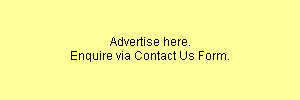You will need to know more about chillers before you start dicing to buy one.
Both chillers are good in their own ways, the main difference is the place of intake and exhaust for the air. Specific threads comparing artica and teco can be found here.
1/15HP is the indication of the strength of the chiller, to sum it up - the electricity and power it consumes, as well at the rate of cooling of the water. usually we go for oversized chilelrs, ie chillers with HP greater than what we need. afterall it's better to have you chiller running for a short period of time, than it running for 24/7.
Adding a chiller to your piping will reduce the overall flowrate through the pipes. the requirements is just a gauge and as long as you have water flowing through it at a decent rate, it shouldn't matter that much. otherwise, you can use a separate powerhead to push water through the chiller, in that way you can choose and change the flowrate through your chiller accordingly.
frequency of kicking in of chiller depends on how fast your water temperature rises. Many instances temperature probes are mounted inside the water container, and temperature will not be as accurate as measuring directly from the tank itself. installing an external probe will reduce kicking in for certain chillers as temperature inside the water container tends to be slightly higher than the tank's.
another way is to shorten the piping and hoses for your tank, as well as insulating them using aircon ducts to reduce the heat exchange rate between the water and ambient.
Also if you have the budget, some actually turn to increasing the glass wall thickness of the tank to reduce the heat exchange rate as well.
Hope this helps.










 Reply With Quote
Reply With Quote






Bookmarks